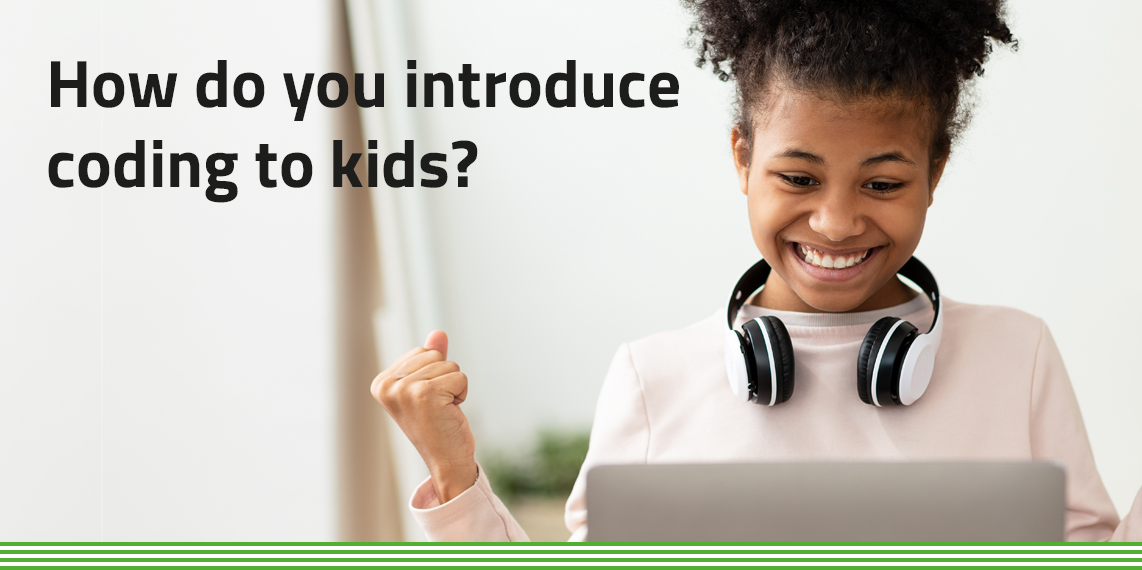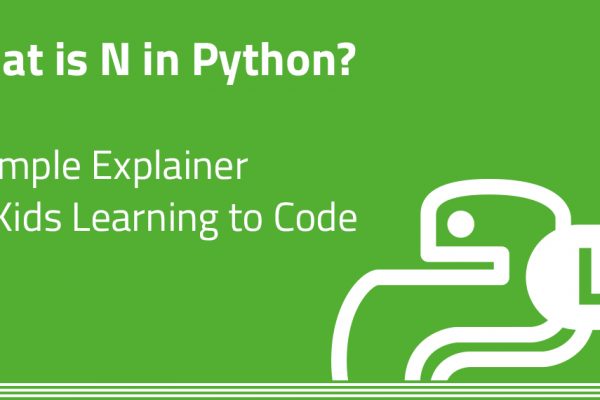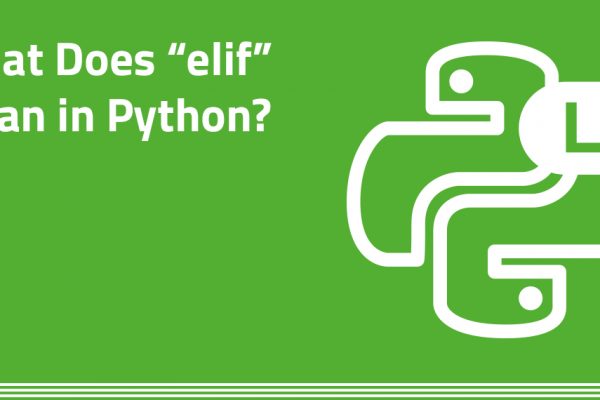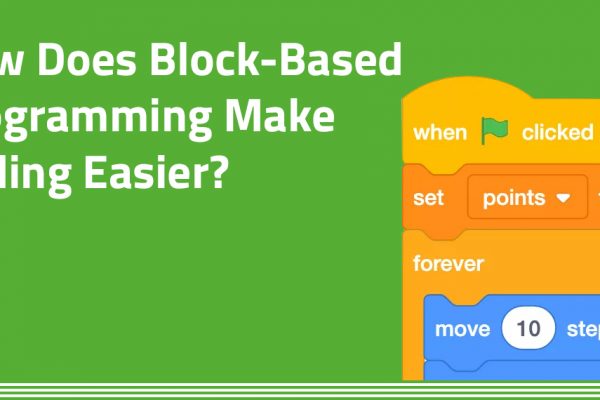
How Do You Introduce Coding to Kids?
Teaching children how to code, also known as computer programming, is an essential in today (and tomorrow’s) digital world. Not only will a background in coding open up a world of possibilities for your child’s future career, but it can also help them to develop problem-solving and critical thinking skills.
In this guide, we will explain different ways in which to introduce coding to children in an engaging and fun manner. There are also some tips for parents and caregivers on how to select the appropriate tools, create a positive learning environment, make coding accessible and keep your child motivated.
How to get started
Select the right coding platform
When it comes to introducing children to coding, selecting the right coding tools to use first is key, as to now overwhelm them. The programming languages and platforms that are suitable for a child’s age will vary depending on their level of experience and understanding.
For younger children, visual programming languages such as Scratch or Blockly are very good options. These applications use block-based coding, which let children drag and drop code blocks to create simple programs.
As your kids grow older and develop a better understanding of coding concepts, they could then find it easier when progressing to text-based programming languages such as Python or JavaScript. These languages allow for more complex coding and provide a stepping-stone for children to eventually learn more advanced languages in the future.
It’s also important to choose a platform that is user-friendly and easy to navigate. For example, an online platform that provides interactive tutorials and exercises can help children learn at their own pace and keep them engaged.
You could even consider signing up for a FunTech course. We run coding camps and virtual classes for children aged 7 to 16.
It’s also worth noting that the most important aspect of learning to code is not the language or platform itself but the concepts, problem-solving skills, and logical reasoning that children will learn.
It’s also important to consider the child’s interests and goals when selecting the tools, for example, if the child wants to create games, a game development platform or language might be more appropriate.
Make it fun and engaging
Children learn best when they are having fun, so if you really want to make a success when introducing coding to kids, make sure they are engaged and motivated. You can do this by creating an environment at home that is both fun and interactive.
Here are some things you can try:
- Let your child only work on coding projects that have something in common with their interest. So, if they like football, can they make a football game using Scratch?
- Encourage your child to come up with their own ideas and projects.
- Reward their progress and achievements with positive reinforcement.
Consider setting goals
Those rewards could be at the end of any goal you decide to set which will also help you monitor their progress. Here are a few tips to consider:
- Only set realistic goals for children that align with their abilities and interests.
- Don’t forget to give them regular feedback and encouragement.
- Keep a record of their progress, so they can see how far they have come.
- Recognize and celebrate successes and achievements and use them as opportunities to set new goals.
Introducing kids to coding and the learning that then follows can continually evolve. By setting goals and tracking progress, it will help your child understand that progress takes time and effort, but the experience can be both rewarding and fun.
Introduce your child to coding in an accessible format
Using visual block-based coding platforms
To make coding more accessible (and easier) to children, we recommend those block-based applications mentioned earlier. These platforms use a drag-and-drop interface, which eliminates the need for children to understand complex syntax – making coding less intimidating and more manageable.
Additionally, visual programming languages often have a lower learning curve when you introduce coding to kids, so are a better starting point for children who are new to coding.
Integrating coding into daily activities and play
As we’ve established (and you will already know), fun makes learning easier. You can leverage this by incorporating coding into daily activities and play – this could make the learning process more organic and less formal.
For example, your child could learn to code by programming a robot to navigate a maze or by creating a simple game. By making coding a part of their daily activities and play, children can learn to code in a more natural and enjoyable way.
Introduce kids to different aspects of coding
We immediately think of game development, robotics, and animation, all of which can help them discover their interests and tap into their creativity.
Show kids how coding is used in everyday life
Introduce your child to coding by highlighting its use in different everyday scenarios. Obvious things include how coding is used in websites, mobile apps, and video games, and even your car.
By making the connection between coding and the technology, kids may be more inclined to learn.
We have found that when you show real-world examples of coding, children can understand better that coding is not just a fun activity but also a practical skill that can be applied in many areas. It may even inspire them to pursue coding as a career.
To conclude, introducing children to coding is essential in today’s digital world and for their futures. Not only will learning how to code (even just the basics) open a world of possibilities for their future careers, but it also helps children develop problem-solving and critical thinking skills.
If you want your child to get a head-start, consider one of the FunTech coding courses which are aimed at all ages and levels of ability. From those kids you want to introduce to coding, to more advanced, there’s a course for all.
Keep me Informed
Be the first to know about Flash and Early Bird Sales as well as new courses, summer locations and more.
KEEP ME INFORMED




